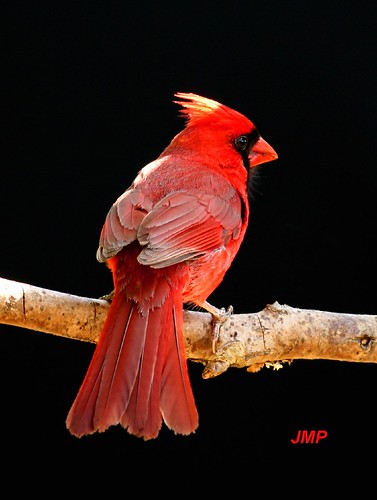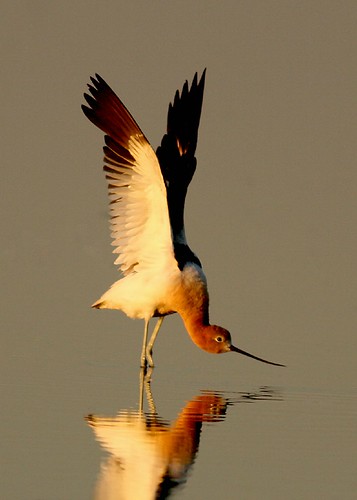
I love Sunsets, and for that matter Sunrises as well. I am awake for more sunsets though. A Beautiful Sunset is always a pleasure to behold. A Beautiful Sunset with an isolated person, immovable object or other living creature is just outright inspirational. I have captured Sunsets with people, birds, boats, trees, and other objects included. I think my favorite though are the Sunsets with birds. I went looking for this Sunset. This Great Blue Heron is one of many that frequent the waters below Chickamauga Dam in Chattanooga Tennessee. My challenge was to get them together in one frame. It was enjoyable moving slowly along the shore, stumbling over rocks, and attempting to frame the heron and sun for my perfect Sunset image. I like the results and hope you do too.

 The Northern Cardinal is one of the most stunning birds of color in North America. The male Cardinal is a beautiful solid red. The Cardinal is plentiful in the Eastern and Central portions of the USA. On any given day or time I can spot a Cardinal in or around my yard. This abundance makes it seem common. On the West Coast of the US this is not the case. Many people there have never seen this beautiful bird as it has not yielded to the call of the West.
The Northern Cardinal is one of the most stunning birds of color in North America. The male Cardinal is a beautiful solid red. The Cardinal is plentiful in the Eastern and Central portions of the USA. On any given day or time I can spot a Cardinal in or around my yard. This abundance makes it seem common. On the West Coast of the US this is not the case. Many people there have never seen this beautiful bird as it has not yielded to the call of the West.









